K8800 Modified Extruder - Enhanced Run-out Detection
Having had my Vertex Delta for only a few weeks and after having several false "run-out" alarms from the filament run-out detector I tried to find a solution. I wasn't happy with Velleman's answer to someone else with the same problem (i.e. if it stops working just unplug it and don't use it) - especially since I am using Velleman's own filament - So I decided, why not just fix it?! :-)
So I tweaked the extruder design (well the printer is open source after all), specifically the K8800-EXA part onto which the filament run-out detector attaches.
Basically what I found was that the friction of filament passing through the part was wearing flat surfaces in the steel pins which meant that hairline trigger of the micro-switch was not quite making it. Perhaps simply replacing these pins with tool steel (or even ceramic) may work, but that sounds too easy!
There are micro-switches available with roller levers which are more suited to this job.
The Vertex Delta (K8800) uses a Dongnan KW-10 micro-switch. The one that I picked as a roller lever replacement (which has the same external dimensions as the KW10) is Omron D2F-FL2 (note that the default part shown isn't the roller lever). The 3D model is available here. It can be bought from various places, but I bought it from RS.
Due to the design of the EXA part (the PCB layout mainly, in that the micro-switch's common pin is on the right as you look at the photos), the only way to fit the lever was externally, which also meant extending the filament guide.
Find it here:
https://www.thingiverse.com/thing:4696053
Prototype History
As you can see, there were several prorotypes before I managed to get a design that works as it should - changes in filament feed tunnel and the angle of switch notch being the primary areas.
My initial prototype was very much a best guess: fill in the voids where the pins and lever go and make a slot at an angle to cope with the micro-switch - I picked 20°
Close, but I needed to take a knife to the part to make the micro-switch fit a bit better.
I tweaked the slot for the switch to 18° and also decided that the filament would often miss the roller on the micro-switch with a large gap in between it and the extruder body - so I extended the filament entry by 5mm (also covering it to keep the filament in the extension) and tried again.
There was a bit of a gap behind the micro-switch allowing for movement, so I moved the notch a tad. Also extended the filament extension by an additional 1mm, making it 6mm. I also realised whilst printing prototype number 2 that I didn't really have to print the whole thing - so I just printed the key section.
Very close, but the switch wasn't actually opening when secured tightly in place, so a very minor adjustment of changing the notch angle to 17° and a smaller prototype section.
This one nailed it. Switch hard up against the back of the notch and the lever operates the switch correctly!
Then it's simply a case of removing the old KW-10 switch and fitting the new D2F-FL2 switch.
Since slightly more of the switch is inside the extruder, two pins need to be cropped short.
Here's the board with D2F-FL2 switch screwed into the prototype.
This is a closeup of the roller and filament extension.
This is the switch lever fully actuated when filament is in. Note that the switch "switches" when the roller is approximately half way down on the filament opening.
At this point, I committed to a full build as I thought I had the solution but I ended up with a slight warping of the component (I went with default settings in Cura - forgetting to turn the temperature of 220°C down: I find that 10° cooler than default gives better print. I also didn't print adhesion) which made my first trial print with it fail after a few layers as the filament guide must be too tight. Even without the warping, protptype 5 was a tad tight, so...
I moved the face (highlighted) of my "Switch_Fill" cube in the model to allow some slack in the middle of the filament guide.
This resulted in slightly less binding of the filament, but it still felt lie it was too much.
I thought I'd try a different material - perhaps the satin itself was binding, so this is the same design in matte black. Second attempt though as the first at 0.2mm layers had an inaccurate hole, so was very tight. This is with 0.1mm layers. However, still roughly the same friction.
So, a little more re-moddeling of the filament guide to open it up and make it as colse to the original as possible.
Much better - the filament just glides through! But I still like my replacement printer parts to be fluorescent yellow...
This looks like it should have worked... however when I first mounted the switch, I had to twist it to make get the switch into its default contact state.
So a slight tweak: instead of a rectangular switch notch, it's now a 4-sided polygon... a sketch created from the edges of the initial switch notch rectangle and then some constraints set to allow tweaking on one edge and hence more of an angle for the switch lever.
We have a winner!!! This is the design which made it into the final unit.
Print Settings
| Material: | Velleman satin fluorescent yellow PLA |
| Temperature: | 210°C |
| Layer Height: | 0.1mm |
| Wall Thickness: | 1.0mm |
| Top/Bottom Thickness: | 1.0mm |
| In-fill: | 100% |










Computing Power
- Acer Aspire R3700
- Acknowledgements
- BOINC
- Desktop PC
- Eee PC 4G (701)
- Eee PC 901
- Gigabit Network
- Inspiron 14 5485 Laptop
- Kids PC 1
- Kids PC 2
- Media PC
- Mini-ITX PC
- My Useful Scripts
- Nano ITX PC
- Nook Simple Touch
- Processing Power
- Raspberry Pi
- Sharp Zaurus SL-C3200
- Storage Capacity
- The Server
- What Is Firmware
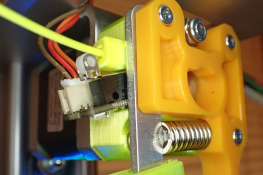
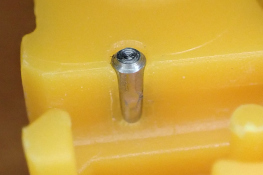
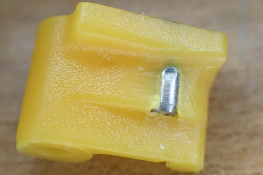
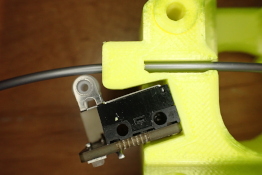
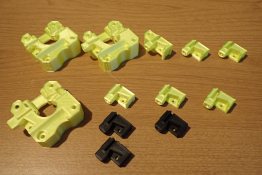
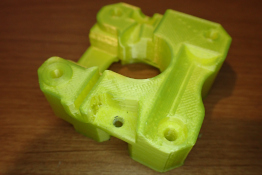
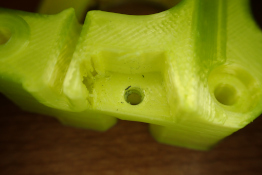
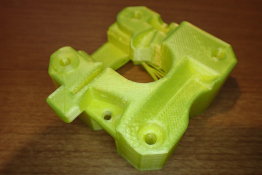
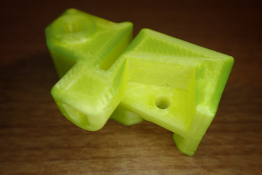
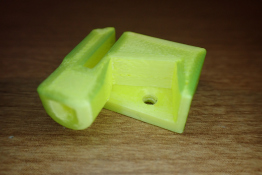
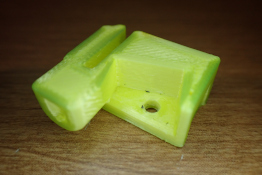
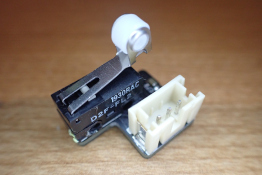
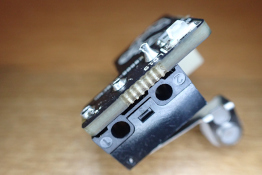
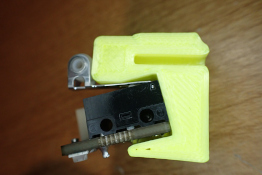
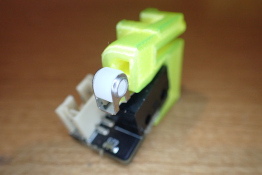
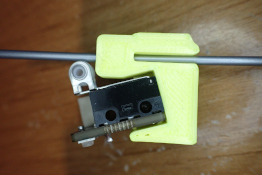
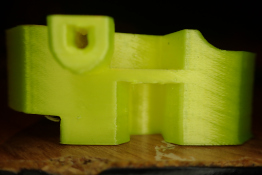
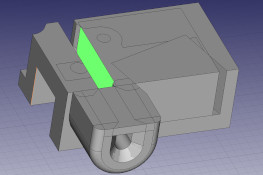
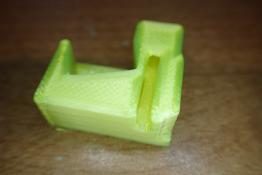
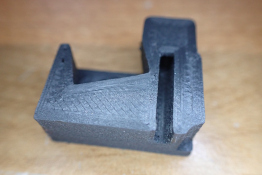
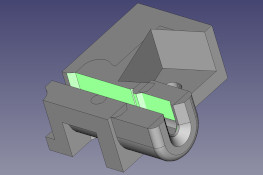
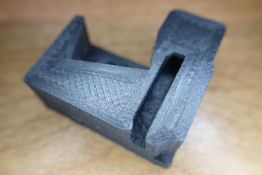
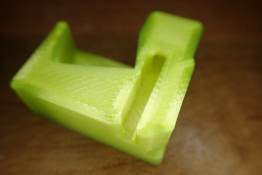
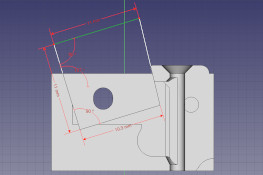
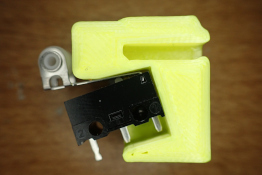



![Validate my Atom 1.0 feed [Valid Atom 1.0]](./images/valids/valid-atom10-yellow.gif)
![Validate my RSS 2.0 feed [Valid RSS 2.0]](./images/valids/valid-rss20-yellow.gif)